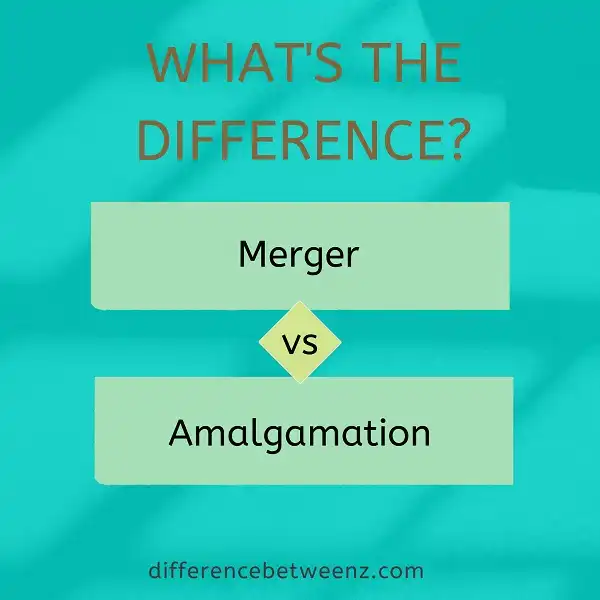If you’ve ever wondered what the difference is between a merger and an amalgamation, you’re not alone. Many people use these words interchangeably, but there is in fact a distinction between the two. A merger occurs when two separate companies come together to form a new company. An amalgamation, on the other hand, is when one company absorbs another company completely. In this article, we’ll explore the differences between these two types of business combinations and look at some examples. We’ll also discuss the benefits and drawbacks of each type of combination. By understanding the difference between a merger and an amalgamation, you’ll be able to make an informed decision about which type of combination is right for your business.
What is Merger?
The merger is the process whereby two companies combine to form a new company. This can happen either through the purchase of one company by another or through a joint venture. Mergers are often used as a way to increase market share, reduce costs, or expand into new markets. In some cases, they may also be used as a tool to prevent hostile takeover attempts. While mergers can have many benefits, they also come with some risks. These include the potential for job losses, disruption to business operations, and the possibility of creating an unfair competitive advantage. As such, it is important to carefully consider all potential implications before proceeding with a merger.
What is Amalgamation?
Amalgamation is the process of combining two or more substances into a single entity. In the business world, it typically refers to the merger of two or more companies. Amalgamation can have several benefits, such as increasing market share, reducing costs, and expanding the customer base. However, it can also lead to layoffs and other downsides. As a result, businesses must carefully weigh the pros and cons of amalgamation before moving forward. Amalgamation can be a powerful tool for businesses, but it must be used thoughtfully and with care.
Difference between Merger and Amalgamation
Mergers and amalgamations are both processes whereby two companies combine to form a new company. However, there are some key differences between the two. A merger usually occurs when two companies of roughly equal size decide to join forces in order to gain a competitive advantage or to reduce costs.
An amalgamation, on the other hand, typically happens when a larger company absorbs a smaller one. In an amalgamation, the smaller company ceases to exist and its assets and liabilities are transferred to the larger company. As a result, mergers tend to be more complex and costly than amalgamations. Nevertheless, both strategies can help companies to grow and become more profitable.
Conclusion
Mergers and acquisitions can be a complex process with many potential outcomes. In order to make sure your company is well-prepared for any type of M&A, it’s important to understand the difference between a merger and an amalgamation.


